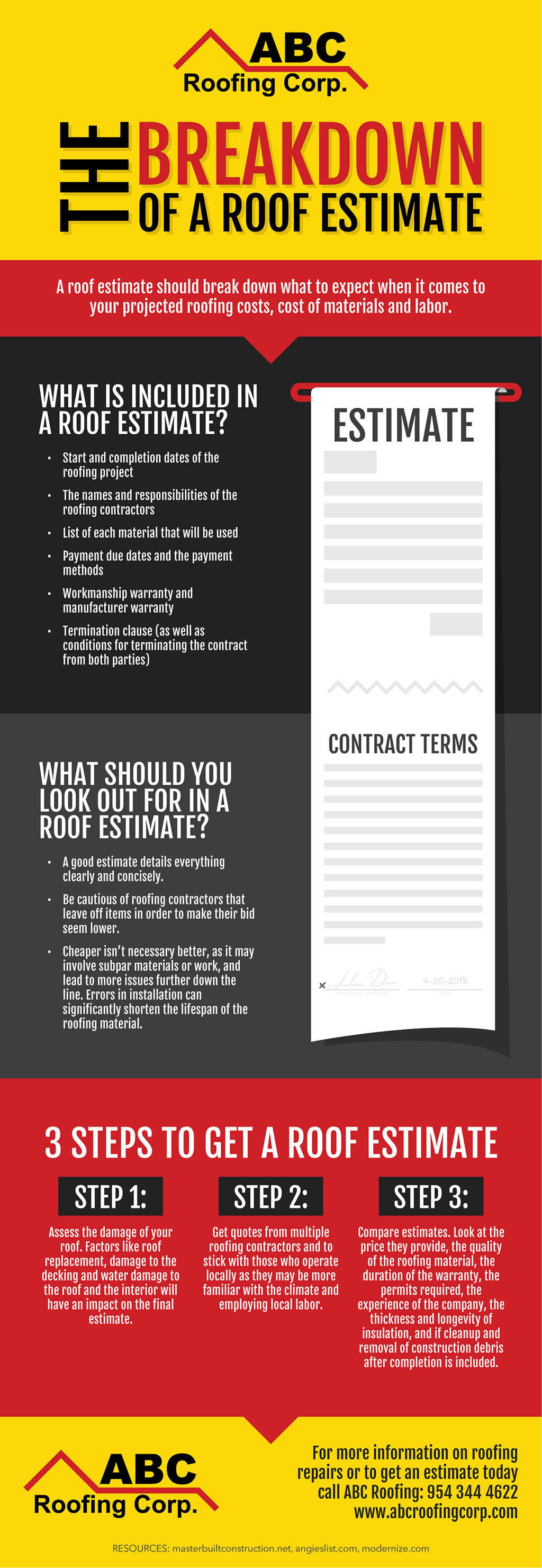Review The Economic Effects And Advantages Of Solar Setup To Identify The Potential Economic Advantages For Those Interested In This Renewable Energy Endeavor
Review The Economic Effects And Advantages Of Solar Setup To Identify The Potential Economic Advantages For Those Interested In This Renewable Energy Endeavor
Blog Article
Post Developed By-Mathis Albertsen
When considering the prices of solar setup, you could wonder about the in advance financial investment needed and whether it lines up with the prospective long-term advantages. Understanding the complexities of these expenditures and the various factors affecting the overall return can shed light on the value suggestion of transitioning to solar power. By examining both the first configuration costs and the projected financial savings with time, you can get understanding into whether the financial investment in solar installment holds pledge for your economic future.
First Configuration Expenses
When taking into consideration the costs of solar installment, the first configuration costs play a crucial duty in your decision-making process. These in advance costs consist of the rate of solar panels, inverters, placing devices, and installation labor.
learn more of solar panels can differ depending on the brand name, performance, and dimension you pick. Inverters are essential for transforming the sun's energy right into useful electrical power and come in different types such as string inverters, microinverters, and power optimizers, each with its very own expense implications.
Placing equipment, such as racks and rails, is necessary to safely mount solar panels on your roof or residential or commercial property.
The installment labor expense covers the specialist setup of the planetary system, making certain that everything is set up appropriately and successfully. Keep in mind that while these first arrangement costs might seem high, there are usually rebates, tax obligation rewards, and funding options offered to help counter the costs and make solar setup extra cost effective in the long run.
Long-Term Cost Savings Analysis
To comprehend the financial advantages of solar installment with time, it's important to perform an extensive lasting cost savings analysis. While the initial setup costs of solar panels might appear difficult, the lasting financial savings can surpass these expenses considerably. By taking advantage of the power of the sun to produce electrical energy for your home, you can potentially save thousands of dollars on your energy bills over the life expectancy of your solar system.
Among the key aspects to think about in a long-term savings evaluation is the reduction in your electrical power bills. With why do many solar energy systems require batteries , you can create your power, decreasing or perhaps removing your dependence on the grid. This can result in substantial savings, particularly as energy rates continue to increase.
Furthermore, many federal governments offer incentives such as tax obligation credit scores and refunds for mounting solar panels, even more improving your long-term savings. By capitalizing on these incentives and optimizing your solar power manufacturing, you can delight in substantial economic advantages for years to come.
Roi Computation
Thinking about the monetary advantages of solar setup, it's time to analyze the Return on Investment (ROI) calculation. Establishing the ROI entails comparing the complete prices of mounting a solar system with the financial advantages it creates over its life-span.
To determine ROI, split the net make money from the system by the total financial investment cost and multiply by 100 to obtain a portion. The ROI formula is: (Web Profit/ Total Amount Financial Investment Expense) x 100.
For instance, if the overall cost of mounting a solar system is $20,000, and over its life expectancy, it creates financial savings and revenues totaling $30,000, the internet earnings would be $10,000. Splitting this by the complete investment expense of $20,000 provides a proportion of 0.5. Increasing this by 100 gives an ROI of 50%.
Typically, a greater ROI shows an extra monetarily fulfilling investment. Variables like government rewards, maintenance costs, and power rate changes can influence the ROI of solar installments. Recognizing the ROI assists in analyzing whether investing in solar energy is worth it over time.
Conclusion
Finally, understanding the prices of solar setup is critical for establishing if it deserves the financial investment. By considering first setup expenses, performing a long-term cost savings analysis, and calculating the return on investment, you can make an informed decision concerning the monetary worth of solar power. With the potential for lowered utility costs and enhanced power independence, buying solar installation can be a smart choice for both your budget and the environment.
